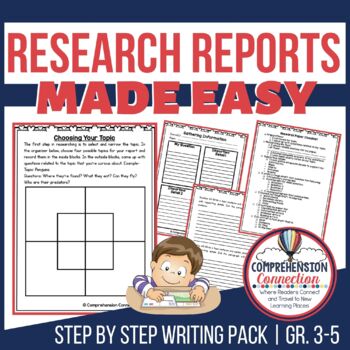Hello and welcome to Adventures in Literacy Land! I'm Pixie Anne from Growing Little Learners and I'm here today to share an idea for promoting and encouraging children to read for pleasure in your classroom and at home!
I hand out recommended book lists most years and have set up challenges to read a certain number of books with rewards many times. However this year, I wanted to do something across the school that was a little different and would get children a little more excited.
The idea of book bingo is all over pinterest. I loved one I saw by Children's Books and Reading which included challenges to read certain book types as well as ways to read such as 'read by torchlight' and the ideas from Ebook Friendly.
I decided to use a mixture of specific books which were age and content appropriate for each year group and more general challenges to encourage children to choose their own books and have more control over the challenge. So year 4 might be asked to read Fantastic Mr Fox or Journey to Jo'Burg, but can also choose to read any book that was made into a film, or a book with a number in the title!
I created book bingo cards for ages 7-11 (year 3-6):
The reverse of the bingo card explains the rules, rewards and how to record which books are being read.
Books must be newly read and there must be a different book recorded for each square. There will be certificates and small prizes for 1, 2, 3, 4 lines and a full house!
(Apologies for the terrible photo!)
For each line completed, children must complete a book review (I've just used ready made ones from sparklebox and twinkl) and hand it to me for display in the library so great recommendations can be shared with everyone!
The kids were so excited when I introduced Book Bingo to them and, while not everyone is taking part, there are quite a few who don't usually read that much who are definitely making more of an effort.
They'll do anything for a stamp, sticker and certificate!
Have you any other great ideas for getting reluctant kids to read or to encourage them to read different books? If so, leave a comment below as I'd love to hear from you!
Thanks for stopping by today!







































